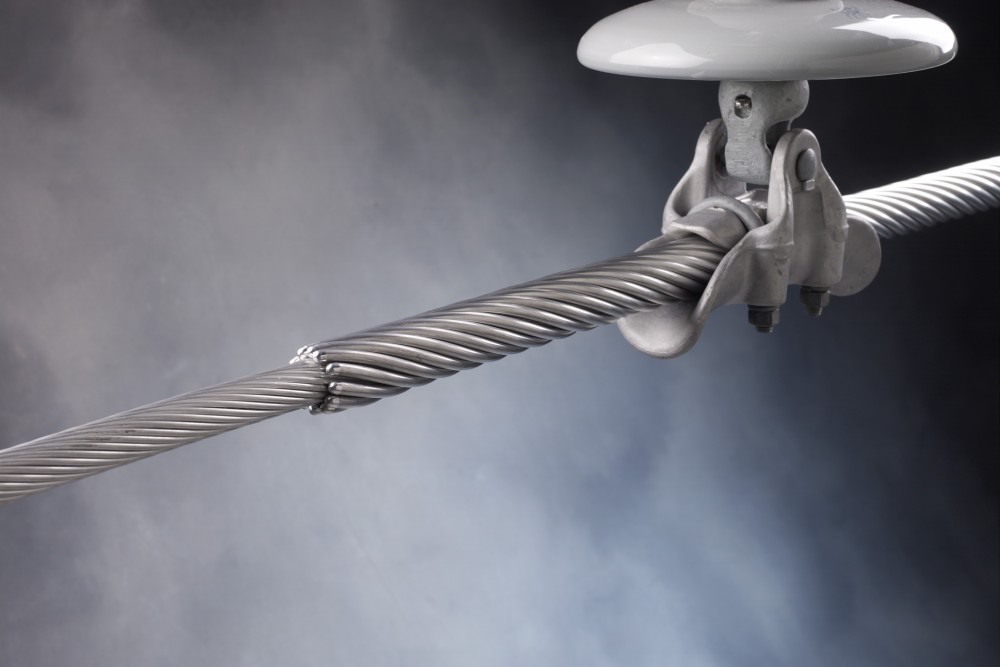
Armor rod is a component used to provide protection to the conductor against various environmental and mechanical factors. It is also known as a wire armor or spiral vibration damper. It has a helical shape that provides flexibility and allows for movement. Armor rod helps to enhance the performance, durability and lifespan of the transmission line. The main purpose of the armor rod is to protect the conductor from vibration-induced wear and abrasion. Armor rods dampen vibrations from factors such as high winds, ice or environmental factors. It is from materials such as aluminum, steel or aluminum-clad steel. These materials help them to resist and withstand the various environmental conditions in South America. The common types include helical armor rods, split-helix, slip-on, non-metallic and preformed armor rods. They help in prevention of galloping, protection from abrasion, vibration dampening and corrosion resistance.
Key features of the armor rod
Armor rods have various features that contribute to the effectiveness in enhancing reliability. The following are the features of the armor rod.

- Helical design – this design allows the armor rods to provide flexibility and effective vibration damping. This provides a protective layer that absorbs and disperses mechanical forces.
- Corrosion resistance – armor rods are resistant to corrosion which helps to ensure reliability. This is especially in diverse environmental conditions. It also helps to maintain the structural integrity of the transmission line.
- Compatibility with conductors – they are compatible with various conductor sizes and types. They help to ensure secure fit.
- Mechanical strength – they have the strength to withstand tension, compression and other mechanical stresses. This ensures effective protection against wear and abrasion.
- Preformed design – this design offers a consistent and controlled application. This helps to simplify the installation process.
- Material – the material selected should offer strength, corrosion resistance and adaptability to environmental conditions.
- Adjustability – this feature allows them to accommodate different conductor sizes in varying configurations.
- Ease of installation – armor rods can wrap around the conductor to increase the efficiency of the installation process.
- Environmental adaptability – the armor rods should adapt to different environmental conditions. This is including exposure to UV radiation, temperature variations and humidity.
Selection and installation of armor rod
The selection process for armor rods involves considering various factors. These factors help to ensure the optimal performance and longevity of the transmission system. These factors include conductor size and type, material, corrosion resistance, design, mechanical strength and costs effectiveness. The installation process should adhere to all safety standards. Additionally, it is advisable to consult industry experts to guidance whenever in doubt.
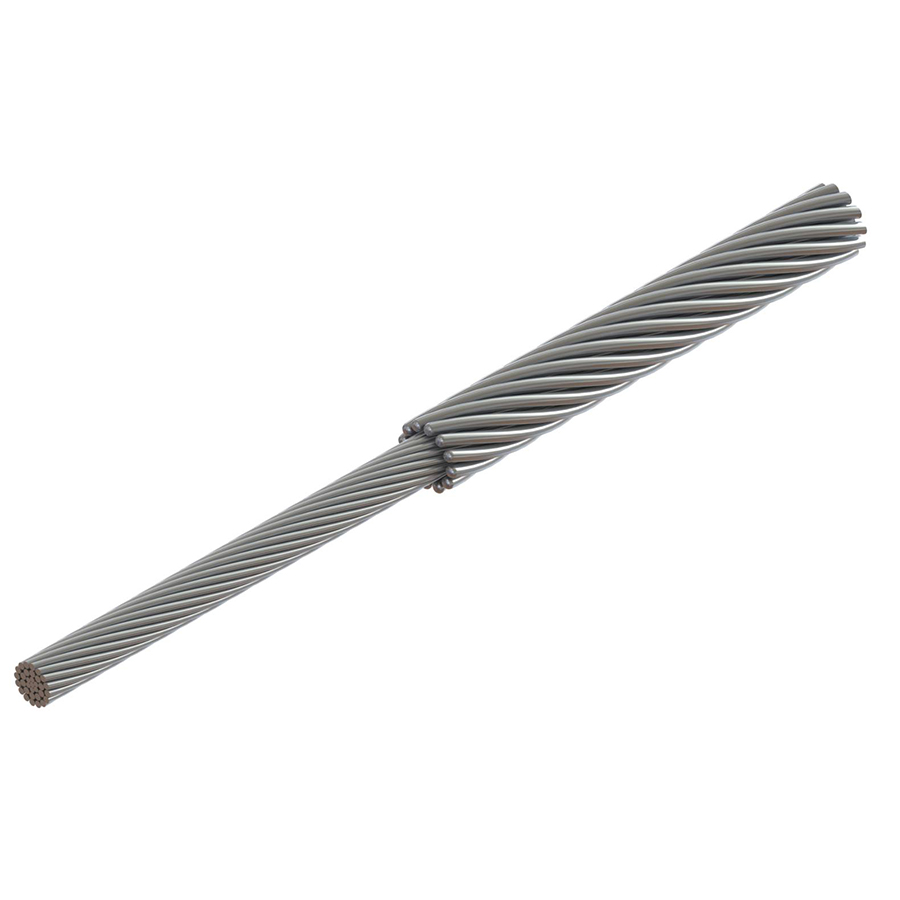
- Preparation – gather all the necessary tools for the installation and ensure they are clean. Use suitable personal protective equipment for the installation.
- Installation location – identify the suitable location for installing the armor rod. Consider factors such as conductor type, size and required distance.
- Work are preparation – clear the work are of any debris and ensure the transmission line is de-energized.
- Armor rods inspection – inspect the armor rod for any damage and ensure the components are present and in good condition.
- Armor rod positioning – place the armor rods at the desired locations on the transmission line. Ensure they align with the conductors.
- Wrap the armor rods – wrap the rods around the conductors in the predetermined helical pattern.
- Secure the armor rods – use the suitable wrenches and fittings to secure the armor rods in place to ensure proper fastening.
- Adjustments – make the necessary adjustments to accommodate the conductor size and configuration.
- Final inspection – conduct a final inspection to ensure the armor rods are securely fastened and aligned.
- Documentation – keep records of the installation process done. This is including date, location and any specific details.
Maintenance and inspection of armor rod
Regular maintenance and inspection ensures the continued effectiveness in protecting the conductors. It also helps to contribute to the longevity and optimal performance of the entire transmission line system. Additionally, it is also helps to identify and address potential issues that may lead to failures and accidents. The following is a basic guide for maintenance and inspection of the armor rods.
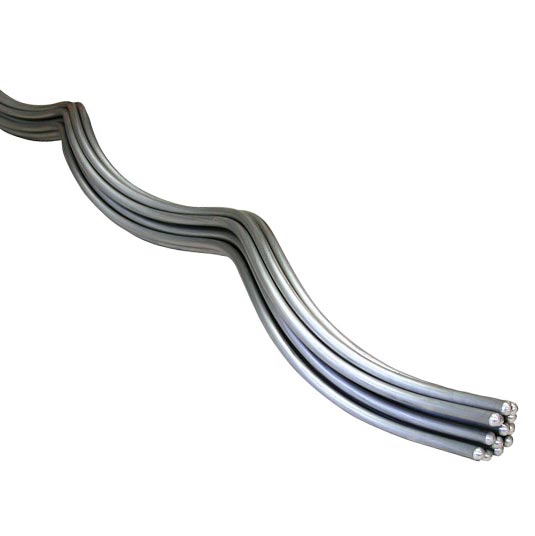
- Perform routine visual inspections of the armor rods to check for any visible signs of damage, wear or corrosion. Check for loose bolts and ensure the rods are securely fastened to the conductors.
- Check the torque of the bolts securing the armor rods following the manufacturers recommendation.
- Consider the environmental conditions of the installation site. Ensure they reman corrosion-resistant and perform well.
- Inspect the amor rods for any signs of corrosion which can weaken the structural integrity of the rods.
- Verify the armor rods remain aligned with the conductors. Misalignment can lead to increased stress in the conductors.
- Check the adaptability to different conductor sizes and ensure the adjustment mechanisms functions correctly.
- Inspect the insulating components to check for cracks, deterioration or compromise. Replace any damaged insulation as required.
- Clean the armor rods and their surrounding from dirt or vegetation. Foreign materials may compromise their performance.
- Conduct ultrasonic tests to detect internal defects or issues in the rods.
- Conduct periodic load tests to ensure they can withstand the intended stresses.
- Keep records of the activities including dates, findings and any actions taken.
Comparative analysis for armor rods in South America
A comparative analysis of armor rods involves evaluating various types and brands based on various factors. These factors include material, design, corrosion resistance and performance. Also, it is advisable to understand the products and technologies as they may evolve over time. The following are the various factors to include in a comparative analysis in South America.
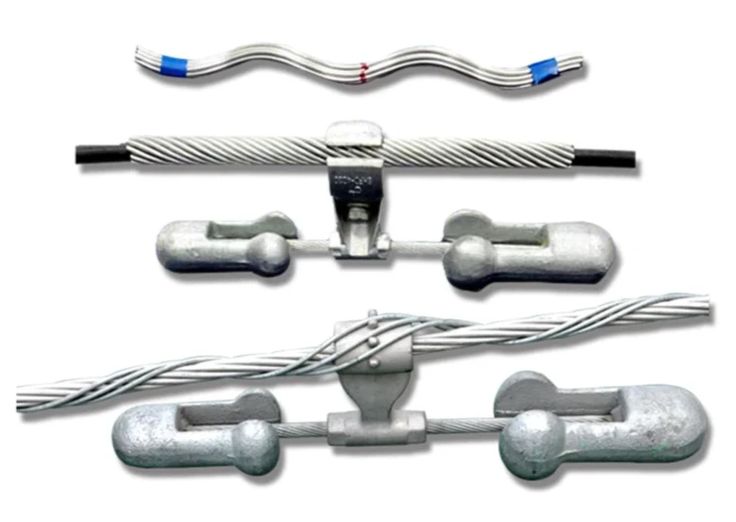
- Design – evaluate the benefits and weaknesses of helical and non-helical designs. They should offer flexibility and vibration dampening.
- Adjustability – assess the ability of the amor rods to accommodate various conductor sizes. This is to offer flexibility during installations with different conductor configurations.
- Material – compare the materials used for armor rods such as aluminum, steel or non-metallic materials. They should offer corrosion resistance, mechanical strength and suitability to environmental conditions.
- Environmental compatibility – consider how well the armor rods perform in various environmental conditions.
- Mechanical strength – compare the mechanical strength of different armor rods. This is especially in areas prone to high winds.
- Voltage rating – check the voltage ratings of armor rods to ensure they align with the specifications.
- Costs – compare the costs of different armor rods considering factors like durability, performance and features.
Certifications and standards in South America
There are specific standards and certifications for armor rods in South America. They may vary by country and some may adopt the international standards and certifications. The standards and certifications help to ensure the quality, performance and reliability of the armor rods. Additionally, it is advisable to consult the relevant regulatory authorities and standards organizations for guidance. The following are the certifications and standards in south America for the armor rods.
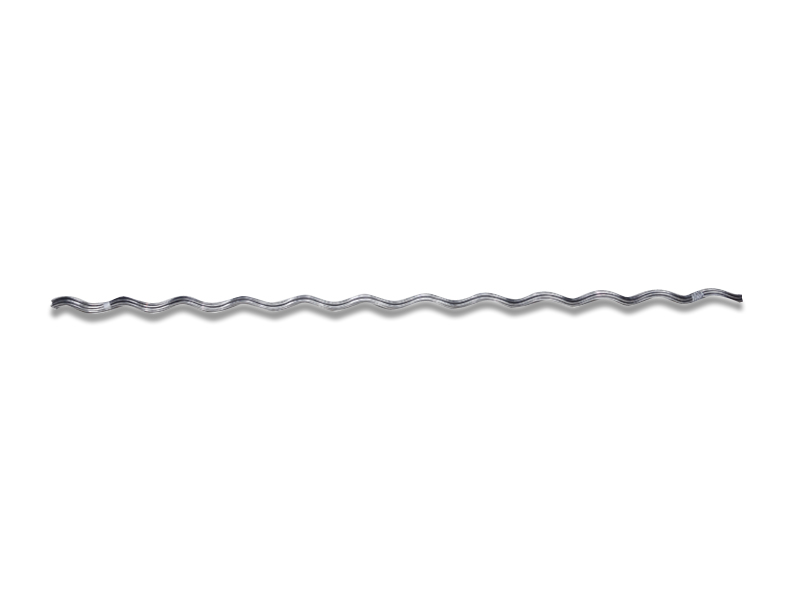
- IEC standards – these are international standards for selection and installation of electrical cable clamps including armor rods.
- IEEE standards – this covers the design, testing and performance of hardware used in overhead transmission lines.
- ANSI standards – this outlines the specification for distribution-class suspension insulators and hardware used in distribution lines.
- Local electrical codes and regulations – each south American country has their own set of electrical codes and regulations.
- ISO standards – this is standard for quality management systems that ensure consistency and reliability in their products.
- National standards – these include ABNT standards in Brazil and IRAM in Argentina.
Regional market for armor rods in South America
There are various factors that influence the regional market for armor rods in South America. These factors include infrastructure development, demand for electricity, regulatory considerations and overall economic environment. Additionally, manufacturers and suppliers should consult news sources and business publications to gain insights in ongoing projects and market trends. The following are the factors that shape the regional market for armor rods in South America.
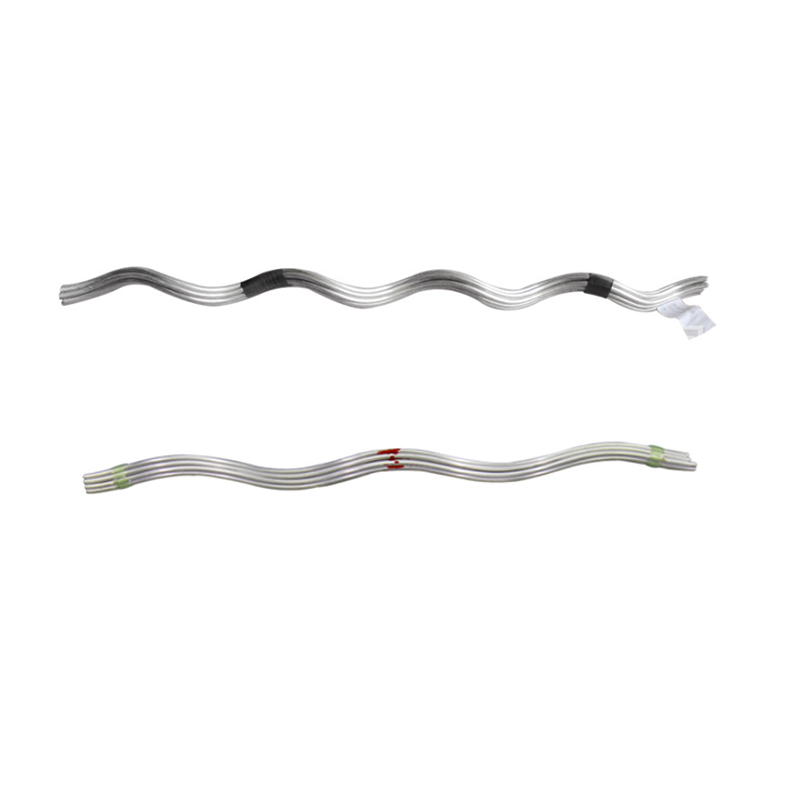
- Technological advancements – there may be advancements in designs of materials for armor rods. This influences the preferences of utility companies and transmission line developers.
- Competition – availability of local manufacturers and suppliers can impact the market in various ways. it contributes to cost effectiveness and response times for installations and maintenance.
- Economic conditions – the economic stability and growth influences investment in infrastructure projects. factors like GDP growth and government spending may also affect the demand for armor rods.
- Renewable energy initiatives – expansion of wind or solar power projects also contribute to the demand for armor rods.
- Infrastructure projects – expansion of power grids or the construction of new transmission lines drive the need for armor rods.
Frequently asked questions
Armor rods help to protect the conductors from vibrations, wear and abrasion caused by environmental factors. They help to enhance the performance and lifespan of overhead transmission lines.
Choosing armor rods with strong corrosion resistant materials and regular maintenance checks for corrosion helps to ensure the longevity of the components.
Installation challenges include adapting to diverse environmental conditions and ensuring proper torque during installation. It may also include addressing specific issues related to terrain and weather patterns.